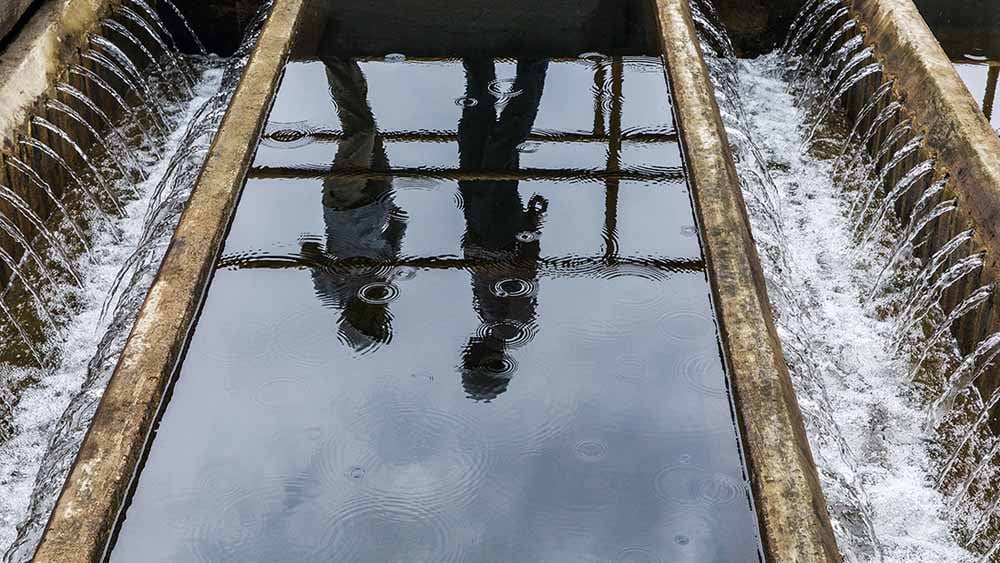A solution that works in both dry and heavy-rains situations
Many existing wastewater treatment plants are facing capacity limitations due to the combination of urbanization, population growth and the increased frequency of storms with heavy rains.
In many cases, in the designs of new wastewater treatment plants it can be challenging to build a treatment line that is both efficient in dry weather conditions and has the capacity to treat peak flows during heavy rain events as well.
If there is not enough capacity in the wastewater treatment plant to treat peak flows it will lead to discharge of untreated wastewater, and therefore result in the receiving water bodies being exposed to risk of eutrophication and general pollution.
In many cases, in the designs of new wastewater treatment plants it can be challenging to build a treatment line that is both efficient in dry weather conditions and has the capacity to treat peak flows during heavy rain events as well.
If there is not enough capacity in the wastewater treatment plant to treat peak flows it will lead to discharge of untreated wastewater, and therefore result in the receiving water bodies being exposed to risk of eutrophication and general pollution.
Combined sewer overflows solution for wastewater plants
In order to preserve the environment and help wastewater plants facing sewer overflow challenges, we developed a solution that can be easily implemented in existing wastewater treatment plants.
Our dedicated team of engineers has developed an extremely compact technology for ballasted flocculation and coagulation - Densadeg XRCTM.
Our technology uses an extreme rate settling clarifier process allowing velocities up to 140m/h and can ensure stormwater treatment to achieve phosphorus removal up to 90%.
Densadeg XRCTM was first implemented in Skanderborg and we made sure it complies with phosphorus discharge outlet requirements and solves the problem of the local wastewater treatment plant.
Our dedicated team of engineers has developed an extremely compact technology for ballasted flocculation and coagulation - Densadeg XRCTM.
Our technology uses an extreme rate settling clarifier process allowing velocities up to 140m/h and can ensure stormwater treatment to achieve phosphorus removal up to 90%.
Densadeg XRCTM was first implemented in Skanderborg and we made sure it complies with phosphorus discharge outlet requirements and solves the problem of the local wastewater treatment plant.
Contact our expert



